To be the best in marine sciences*
SUN Song , WANG Fan
Institute of Oceanology, Chinese Academy of Sciences, Qingdao 266071, China
Received Jun. 14, 2020; accepted for publication Jun. 25, 2020 © Chinese Society for Oceanology and Limnology, Science Press and Springer-Verlag GmbH Germany, part of Springer Nature 2020
Abstract Every institute in the world has its own history, culture, and legacy that show its unique characters. As an oldest, largest, and one of the most advanced institute in marine sciences in China, the Institute of Oceanology, Chinese Academy of Sciences (IOCAS) was established by her founders in 1950 and cherished by her successors ever since. IOCAS has undertaken her own development roadmap over the last seventy years. Many people know its history, achievements, and contributions in marine sciences, but few would know the stories behind the success. This paper intends to reveal the driven factors pushing the institute forward in the past, present, and future.
Key word: mariculture; ocean health; deep sea; Institute of Oceanology, Chinese Academy of Sciences (IOCAS)
1 INTRODUCTION
The Institute of Oceanology, Chinese Academy of Sciences (IOCAS) is a multidiscipline institute specialized in marine sciences. IOCAS announced her establishment in 1950, and the current year, 2020, is her 70-year anniversary. Bearing the motto of “Farming the Sea, Exploring the Ocean”, it ranks the oldest and largest institute in marine sciences of China. IOCAS features special characters: though not serving as a fi shery institute, it has initiated mariculture in China and made it to be a huge industry; though not being a government agent, it has built a long-term observing system along the coast of China seas and in the western Pacifi c Ocean; though not being a university, it has established the earliest education system for postgraduate student in marine sciences in China, and now it has carried out the fi rst integrated science and education system: Qingdao Science and Education Park (QSEP), Chinese Academy of Sciences (CAS). IOCAS and other 13 marinesciences-related institutes are working together toward the establishment of a scientifi c research consortium in marine sciences. The College of Marine Science will also be established in the park in affiliation to the University of Chinese Academy of Sciences (UCAS), and it will house the Center for Ocean Mega-Science of Chinese Academy of Sciences (COMS-CAS). The park will be the new campus for IOCAS and the College of Marine Science, UCAS. The park occupies 133-ha land and 260 000-m2construction area, and was contributed by the local government. IOCAS had equipped the fi rst research vessel in 1957 and has built the most advanced research vessel in 2012, which is the only research vessel that belong to the “major national science and technology infrastructure” in the present. The fleet of IOCAS includes 5 different types of research vessels. A modern wharf, together with a deep-sea equipment-development center, was put into use in 2017, and it was also contributed by the local government. The scientifi c museum of IOCAS is the largest one of the sort in China and one of the largest in the world, for storing over 800 000 specimens, among them 20 000 species were identifi ed, which is 1/6 of the total identifi ed species of marine life in the world. The scientifi c-purpose aquarium in IOCAS is the fi rst and largest facilities for experimental biology and mariculture in China. IOCAS is a governmentaffiliated institution, more than half of the funds come from competitive project, which encourages the employees to “do the right things and keep in the right direction”. Therefore, what is the driven factor in the back of the institute? The answer is: the spirit of “to be the best”.
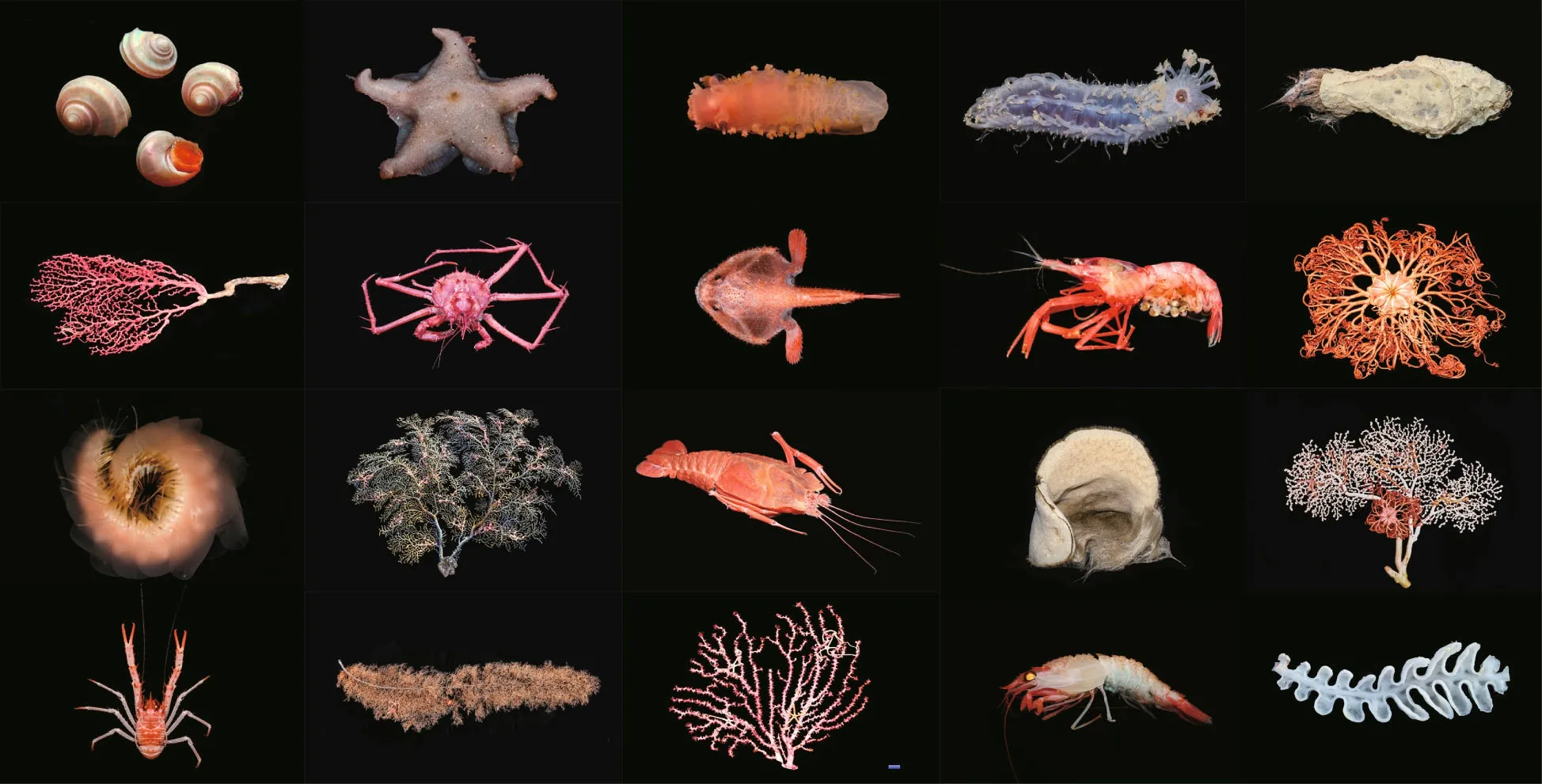
Fig.1 Samples collected in deep sea in the Marine Biological Museum of IOCAS Photo by WANG Shaoqing, IOCAS.
2 BUILDING A SOLID BASIS
In 1949, Prof. T. C. TUNG and Prof. C. K. TSENG proposed to the preparatory committee for the Chinese Academy of Sciences that CAS should include marine sciences; and this proposal was approved later. The fi rst institution in marine sciences in China was founded in August 1950. Profs. TUNG and TSENG were the fi rst and second director of IOCAS until 1984. As the founders of the IOCAS, they took the development of marine sciences as their responsibility and duty. It is not only for the directors, but for most of the employees in IOCAS have the same sense. Thus, the institute developed from a marine biological laboratory in 1950 to a multidiscipline institute in marine sciences in 1959.
In 1970s, marine taxonomy became very difficult, and funding were short in China as well as abroad. Many taxonomists were forced to give up their research and turned to other career directions. In such difficult situation, many scientists in IOCAS insisted in marine taxonomy. They believed that taxonomy is very important to marine sciences and the country. With the great efforts made by those scientists, the taxonomy research in IOCAS was able to be pass on and prosper for the last 70 years. The Marine Biological Museum of IOCAS is the largest marine scientifi c museum in China and one of the most important in the world, which stored a large amount of collections from the coast to the open sea including the polar region and the deep sea (Fig.1). It carried out a big engineering project to have all the collections digitalized and integrated with the environmental conditions when the specimens were collected; now it became a big database. Using this database, scientists could access information about what happed in the last 60 years in the Chinese coastal area, including species composition and biomass variation of fi sh, shrimp, shellfi sh, benthos and macroalgae etc., to fi nd out the relationship between these variation and the climate change and human activities. At present, the “ocean health and sustainable development” is the frontal area in marine sciences, not only for marine biology research, but for the entire basic research, including physical oceanography, chemical oceanography, and marine geology, facing the same situation. That is one of the reasons why IOCAS could acquire so many research funds and many important basic research projects.
3 TO MEET THE NEED OF THE SOCIETY
China is a big country, food and protein is very important for Chinese to live well without hunger and poverty. Prof. C. K. TSENG, former director of IOCAS, suggested that the basic research and applied research should be carried out simultaneously. We should develop mariculture to contribute and help our country to solve food problem. It was very difficult for IOCAS to develop mariculture at the beginning, since the scientifi c basis was very weak. The kelp Saccharina japonica, which was one of the main species for aquaculture, was not a native species but originated from Japan, and must fi t the Chinese seawater environment for economic purposes. Another species of economic macroalga was Porphyra yezoensis (now have been renamed to Pyropia yezonesis), which is also called laver. There were very little information about its life cycle and other basic knowledge of this alga. Therefore, Prof. TSENG and his team successfully solved all the basic problems, and made successfully the algae culture a huge national industry, marking the “fi rst wave” of aquaculture in China. At the same time, scientists of IOCAS carried out the life cycle research of Penaeus chinensis, a very valuable species of shrimp, and they obtained the fi rst larvae of the species in laboratory. However, from laboratory experiment to the fi eld application in sea farm, there were a lot of problems to be solved in the aspects of biology, chemistry, physical environment, and physiology and biochemistry etc. Scientists of different disciplines cooperated with each other and solved all the problems, boosted the high-profi t industry quickly, which marked the “second wave” of aquaculture in China. Prof. ZHANG Fusui introduced a species of scallop from USA, which made the “third wave” in aquaculture in China. From basic to industry in the development of aquaculture, it improved the life of fi sherman, it also partly answered the question of “who can feed Chinese”.
In the last 20 years, marine ecosystem safety became a big global issue. As a developing country, China developed the economy very quickly, during which marine environment was greatly affected by human activities and climate change, which is a big challenge in marine sciences. Ocean health and sustainable development has to become our main research direction for a long time ahead, and now it is one of the goals of sustainable development of the United Nations Decade of Ocean Science. IOCAS takes the leadership in ecological disasters research in China, including the harmful algal bloom, green algal bloom, and jellyfi sh bloom (Stone, 2010; Qiu, 2014). For the ecosystem long-term variation research, IOCAS established an ocean observing system along the coastal area and has a 35-year-old ecological research station in the Jiaozhou Bay, the oldest and comprehensive marine ecological research station in China.
The low latitude western Pacifi c Ocean plays an important role in the global climate change. From late 1980s, IOCAS joined the Tropical Ocean-Global Atmosphere (TOGA)-Coupled Ocean Atmosphere Response Experiment (TOGA-COARE) project, the research vessel Kexue ( Science in Chinese) No. 1 began her cruises in the Western Pacifi c Ocean, which was one of the earliest international cooperative researches for the air-sea interaction research in China. IOCAS proposed and organized the Northwestern Pacifi c Ocean Circulation and Climate Experiment (NPOCE) program (Fig.2), a multinational and multi-institutional program, and designed to observe, simulate, and understand the dynamics of the Northwestern Pacifi c (NWP) ocean circulation and its role in low-frequency modulations of regional and global climate, including the western Pacifi c warm pool variability, the Indonesian Throughflow (ITF) variability, El Niño Southern Oscillation (ENSO), the East Asian Monsoon (EAM), and the NWP cyclones (http://www.npoce.org.cn). IOCAS is one of the main contributors to NPOCE program and built the biggest deep-sea mooring observing system in the western Pacifi c Ocean.
4 GO TO THE DEEP SEA
Ten years ago, when IOCAS celebrated her the 60thanniversary in 2010, a famous senior oceanographer was invited to give a speech, in which he pointed out that IOCAS had a great achievements and took the leadership in the continental shelf research, and he hoped and wondered whether IOCAS could continue to be a flagship in the deep-sea research. It was a dream for scientists and engineers to go to the deep sea for several generations. It was very difficult to carry out the plan, because it requires large equipment such as multifunctional research vessel, deep-sea submersible vehicles, and a series of observing and sampling tools, and none of the above were available in China at that time. To build a deep-sea research system thus became the strategy of IOCAS.
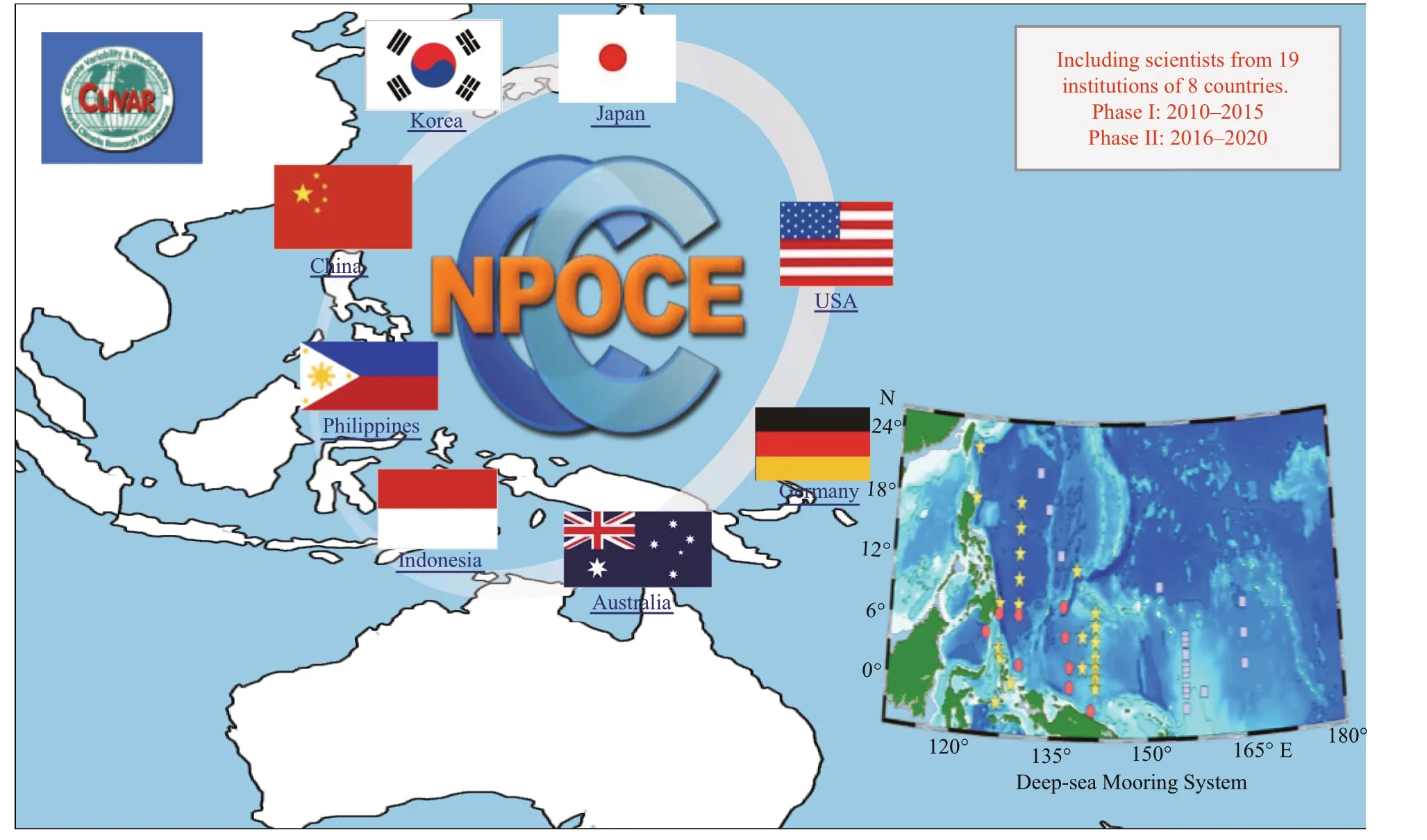
Fig.2 The coverage of the Northwestern Pacifi c Ocean Circulation & Climate Experiment (NPOCE) program
4.1 Built the “flagship” for deep-sea research
Since the middle of 1980s, IOCAS people had been trying to build a modern research vessel to meet the need of marine sciences development, but it was not successful until 2007 when the application of a new research vessel was fi nally approved by the central government. It was one of the 10 “Major National Science and Technology Infrastructure Project” and the only one in marine sciences in China. It took fi ve years since then to fi nalize the design after extensive debating and competition with many other domestic institutes and universities in marine sciences. It was not just a multipurpose research vessel, but an indicator to that who was capable to take the leadership in the deep-sea research in China (Qiu, 2011). The new research vessel named Kexue ( Science in Chinese) (Fig.3) was equipped with 4500 remotely operated vehicle (ROV) and the most update equipment for deep-sea research. R/V Kexue was delivered at the end of 2012, making China capable for the deep-sea research as commented by Nature (Tollefson, 2014). After R/V Kexue, several other new research vessels were built in China, and two of them were the replica of R/V Kexue. Among them, only the fi rst one belong to the “Major National Science and Technology Infrastructure”, which means that she is lifetime guaranteed for national fi nancial support for maintenance and upgrading of her equipment.
R/V Kexue started her official debut in 2013, for which the Qingdao municipal government offered a ferry port to IOCAS as the scientifi c research vessel port, which marked the end of no-port history for the research vessel fleet of IOCAS. This port was rebuilt and upgraded from a civil ferry port to an integrate research center of marine investigation, including berths for research vessels, a warehouse building for equipment and instrument, and a physical center for construction and maintenance of the large equipment (such as ROV etc.) (Fig.4).
4.2 Systematic research in western Pacif ic Ocean
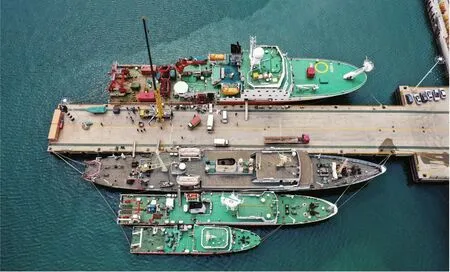
Fig.4 Four research vessels harbored at the pier of IOCAS
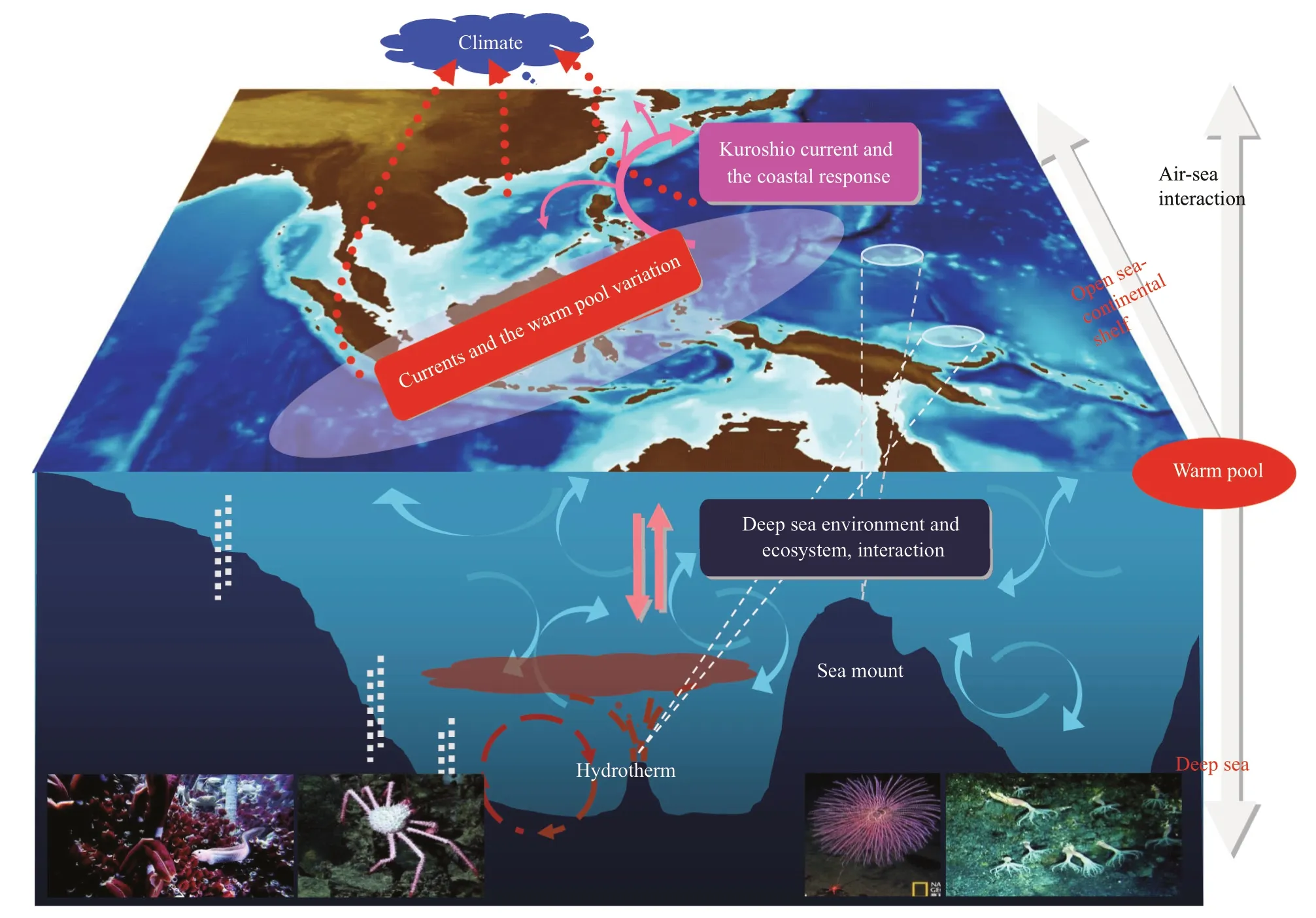
Fig.5 Diagram of the main research directions of the WPOS project
From 2013–2018, IOCAS carried out “Western Pacif ic Ocean System (WPOS): Structure, Dynamics and Consequences” project, it was one of the 10 “Strategic Priority Research Program of Chinese Academy of Sciences” at that time. The 5-year budget was 1.1 billion RMB; and more than 700 scientist from 29 institutes or universities joined the project, about half of them came from IOCAS. R/V Kexue serves as the main research vessel, together with other four smaller ones. The goal of this project was to understand the variation and consequence of ocean current system in the western Pacifi c, and the impact on the East Asia climate and Chinese coastal ecosystem, exploring the deep-sea environment and ecosystem. It was the fi rst time to have such big project in marine sciences in China, and it was also the fi rst time to study the ocean systematically. There were four core tasks for this project: (1) the Western Pacifi c Ocean deep sea currents variation and its influence to the ENSO and monsoon etc.; (2) Kuroshio variation and its impact on Chinese coastal ecosystem; (3) deep-sea research, including hydrothermal fluid, cold seep and seamount etc.; and (4) facilities and instruments needed in the deep-sea research, such as autonomous underwater vehicle (AUV), ROV, observing and sampling tools etc.
The WPOS project aimed at air-sea interaction, affection of Kuroshio current to coastal ecosystem, deep-sea environment, and lives in the deep sea. Many young scientists and engineers were trained and brought up in the process of the project. Within fi ve years, 35 deep-sea cruises and 113 coastal cruises were carried out in 330 000 nautical miles in distance, the ROV dived for 210 times; more than 5 000 samples and more than 600 species were collected; 1 198 Science Citation Index (SCI)-papers were published including two in Nature, one in Science and one in Proceedings of the National Academy of Sciences of the United States of America (PNAS), and in addition, 15 books were published. Most importantly, this project has made our research directions clear (Figs.5–8): multi-sphere interaction in the deep sea, ocean health and sustainable development, and marine life science. It was the milestone of IOCAS from coastal to the deep sea (Tollefson, 2014).
5 FOR THE FUTURE
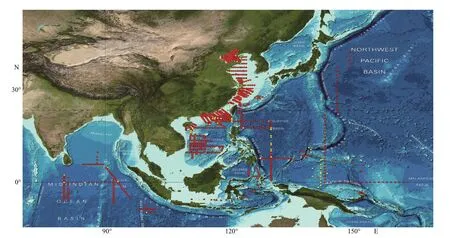
Fig.6 Sketch map of the research area and investigation stations of the WPOS project
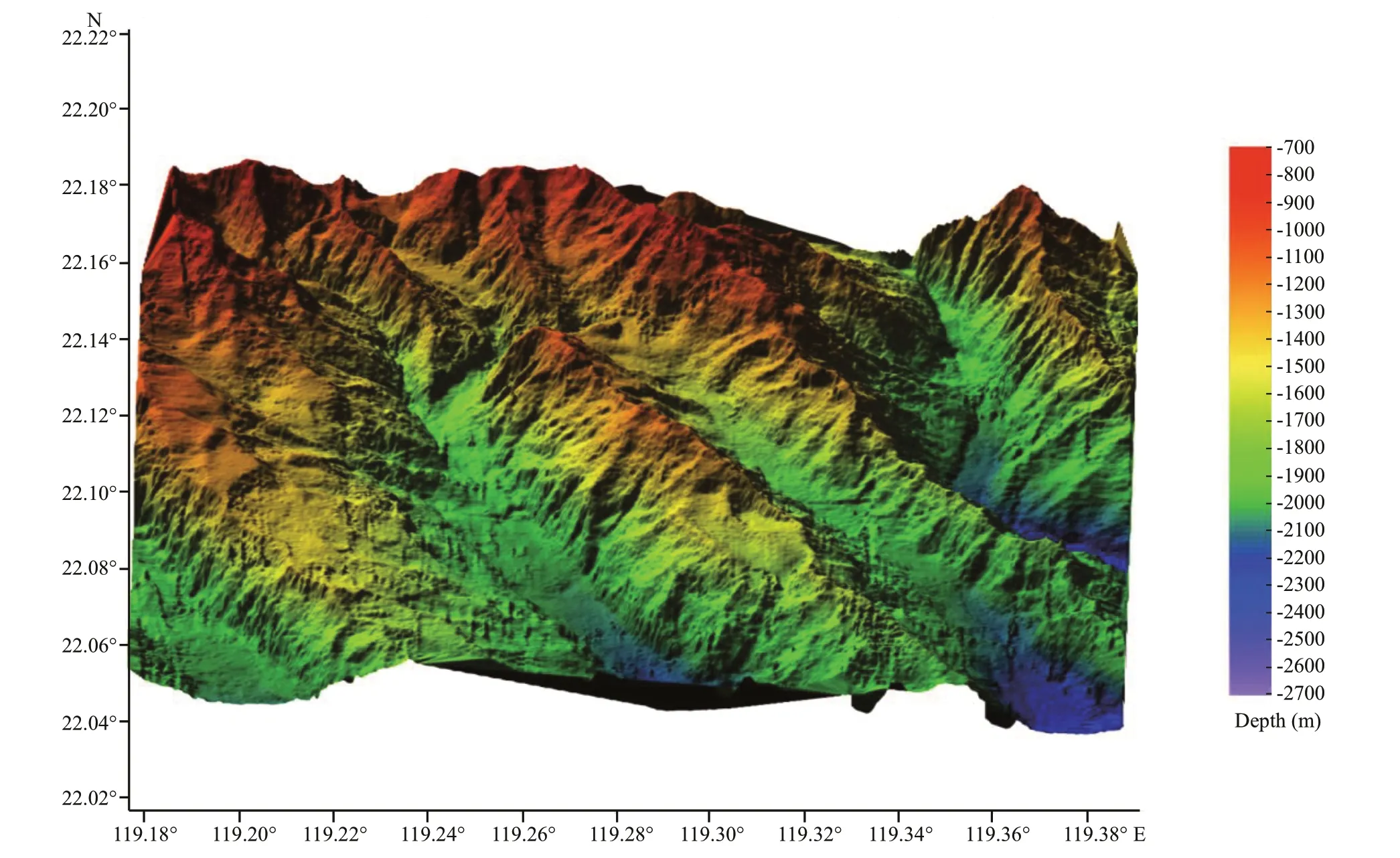
Fig.7 The fi rst geophysical map acquired in the fi rst deep-sea cruise by R/V Kexue in 2014
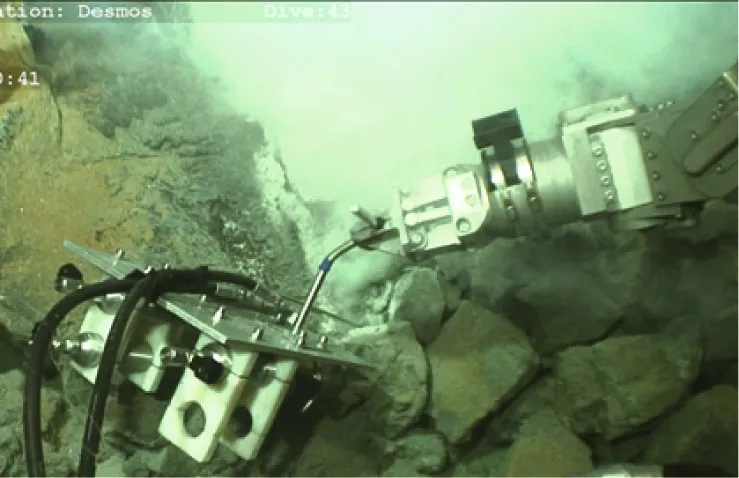
Fig.8 Hydrothermal fluid experiment in the deep sea
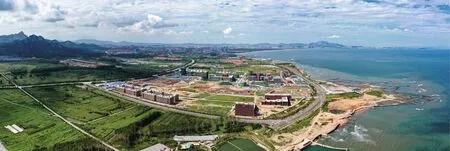
Fig.9 The Qingdao Science and Education Park, CAS, to be inaugurated in 2021
The ocean research plays a vital role in economic development with great potentials in fi shery, medicine, and health productions. Natural resources of minerals and fossil energies in the deep sea have great signifi cance to the economy development. At the same time, all these industry activities may have impacts on the environment and degenerate the health of marine ecosystem. A healthy and sustainable ocean is essential for the societies at present and in the future. Both of the exploration and protection techniques are required urgently, not only for the central government, but the companies and local governments, presenting a new challenge and opportunity for marine sciences and technology. How to manage to meet the need of the economy and society is a big issue for us. Any single institute or university is unable to carry out such a systematic program; however, cooperation among them is the right way. Marine sciences and technology demands for many updated large facilities, which costs a fortune from manufacture to maintenance, and only a few institutions can afford it. Therefore, we shall share the large facilities properly. For the growing demand from exploring resources in the ocean and protecting the environment, we would need new materials, new technology, new methods, and new ideas. Therefore, we must invite and cooperate with the institutions outside of traditional marine institutions, establish a close relationship with companies and local governments for the transition from scientifi c research outcome to the industry, economy, and society. Most importantly, we need more qualifi ed young scientists, engineers, and managers in the fi elds of marine sciences, technology, and blue economy, which calls for a new type of education model urgently. In 2016, Chinese Academy of Sciences and Qingdao municipal government signed a strategic agreement to co-build the Qingdao Science and Education Park, Chinese Academy of Sciences (Fig.9). It will be an integrated system, including a cluster of laboratories for marine sciences and technology, large equipment for deep sea research and exploitation, an integrated postgraduate school (College of Marine Science, University of Chinese Academy of Sciences), a joint center for industry, research, technology, and education. The park will act as a bridge to link research, education, and the blue economy. The Qingdao municipal government provided 133-ha land and constructed 260 000 m2floor area in the fi rst construction phase, with an investment of 2.5 billion RMB, and CAS will organize 13 marine sciences related institutions to establish the Center for Ocean Mega-Science, Chinese Academy of Sciences (COMS-CAS). At present, the fi rst construction phase has been almost fi nished and will put into use in 2021, and the integrated graduate school will begin as a branch campus of UCAS. In addition, the COMS has been approved by CAS, and IOCAS is the leader and organizer of COMS in cooperation with other 12 CAS institutes.
6 CONCLUDING REMARKS
On the occasion of the 70thanniversary of IOCAS, the review of her development process will help us understand the driven factors of her glorious history, scientifi c ideas, and methods, and perceive what determined our research direction and activities. Every institution has its own mission and developmental philosophy, and they may be mission oriented, funding oriented or research-paper oriented. What about IOCAS and her people? They are such a group of people who are responsible for the development of marine sciences and technology, trying their best to meet the national needs from the society and economy, and navigate the great research ship towards deep-blue ocean, and pioneer the frontier of the marine sciences and technology in China. This is the past, present, and future of IOCAS, and what we did, what we are doing, and what we will do in the future.
7 DATA AVAILABILITY STATEMENT
The datasets generated and/or analyzed during the current study are available from the corresponding author on reasonable request.
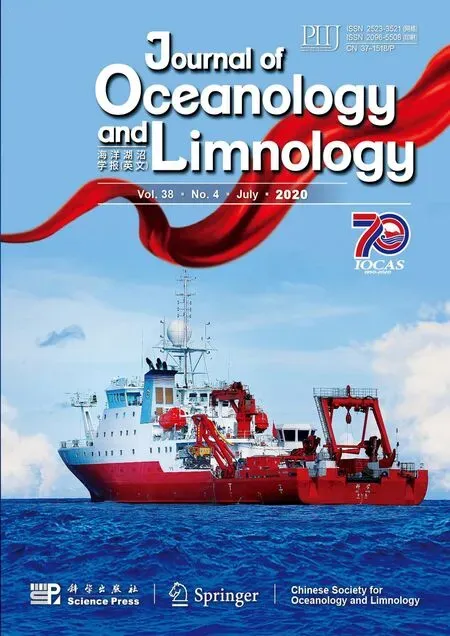 Journal of Oceanology and Limnology2020年4期
Journal of Oceanology and Limnology2020年4期
- Journal of Oceanology and Limnology的其它文章
- Geological, physical, and chemical characteristics of seafloor hydrothermal vent fi elds*
- Rediscovery of the abyssal species Peniagone leander Pawson and Foell, 1986 (Holothuroidea: Elasipodida: Elpidiidae): the fi rst record from the Mariana Trench area*
- Gametogenesis and reproductive traits of the cold-seep mussel Gigantidas platifrons in the South China Sea*
- Identifi cation and characterization of endosymbiosis-related immune genes in deep-sea mussels Gigantidas platifrons*
- Dynamic features of near-inertial oscillations in the Northwestern Pacifi c derived from mooring observations from 2015 to 2018*
- Arctic multiyear sea ice variability observed from satellites: a review*
